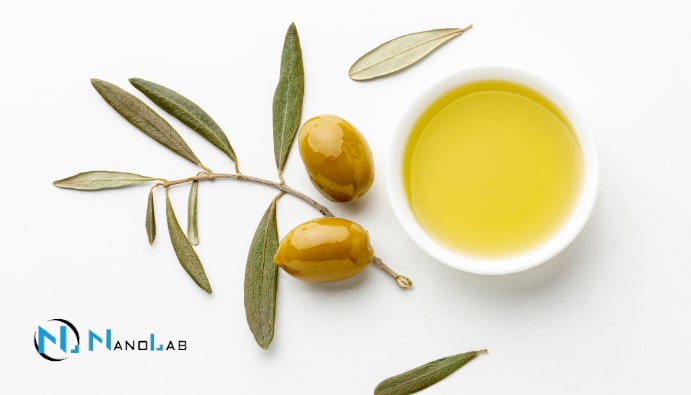
BLOG
KATEGORİDEKİ DİĞER YAZILAR

Triacylglycerols (TGs), as major components of fats and oils, are of great importance in the food industry, biotechnology and chemistry. Understanding and analyzing the properties of these molecules, which are critical for human health and industrial processes, is essential for quality control, especially in food products. Triacylglycerols are formed by the bonding of three fatty acid molecules to one glycerol molecule. Therefore, accurate measurement of TGs is crucial for determining food compositions and optimizing production processes.
Triacylglycerols are the major components of natural fats and fatty acids. The three hydroxyl groups of glycerol (glycerol) esterify with fatty acid molecules, respectively, to form a structure called triglycerides. The structure of triglycerides is found in many different fats, from vegetable oils to animal fats.
Triglycerides with the general formula C₅₅₅H₁₁₀O₆ are important components that determine the nutritional value of food products. Accurate analysis of triglycerides plays a critical role in ensuring quality control, especially in the oil and food industry.
The theoretical and actual triglyceride content is an important parameter, especially in production and refining processes.
The difference between these two values is influenced by many variables such as processing conditions, chemical interactions, surfactants and environmental factors. Theoretical values are often calculated under ideal conditions, but actual values obtained in practice do not always reflect these values.
The determination of the theoretical and actual differences of triacylglycerols has important applications, especially in the food industry, biotechnology and chemistry sectors.
In oil production, the theoretical triglyceride content is an important reference point to check that the raw materials used comply with certain standards. The actual triglyceride content, on the other hand, determines the actual purity of the product, its yield and the risks of falsification. Changes that occur during oil processing affect the difference between the theoretical and actual triglyceride values.
In oil refining and purification processes, analyzing triglycerides plays a critical role in monitoring the quality of refined oils. Actual and theoretical differences are used especially for the detection of compounds lost during processing or falsifications.
The use of triglycerides in biotechnological applications is an important step in determining the theoretical and actual triglyceride differences. Determination of these differences is necessary for oils used in pharmaceutical products and bioavailability analysis.
Nanolab Laboratories Group continues to provide services within the scope of Determination of Triacylglycerols in Vegetable Oils. We also provide services on Fatty Acid Composition.
Contact us for more information.
You can follow us on LinkedIn for up-to-date news and posts about our services.
Follow our Instagram account to be informed about our latest blog posts.